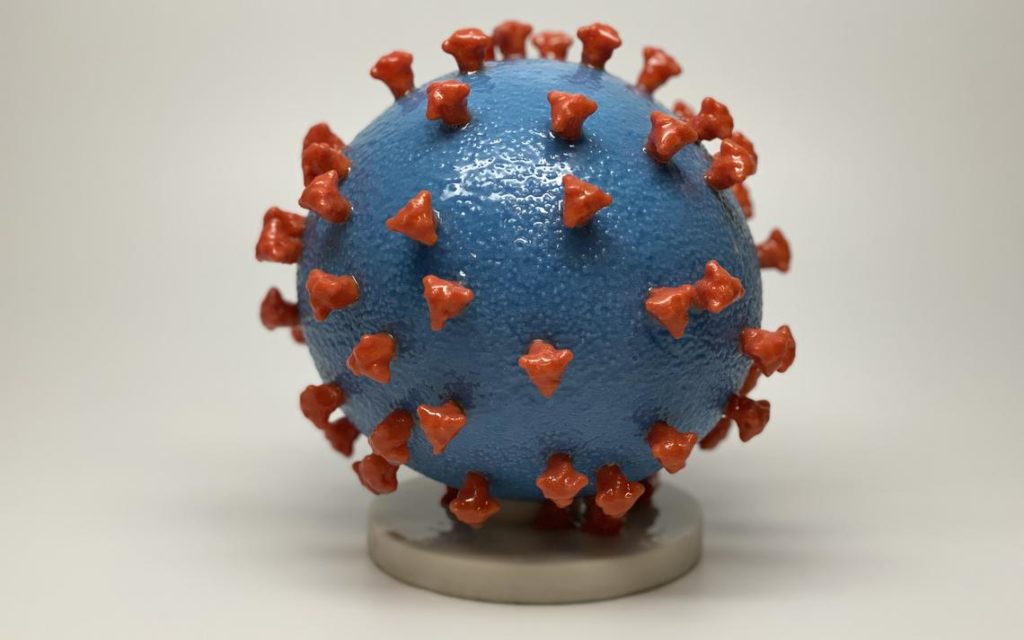Let’s Be Optimistic Again!

Since it’s fallen to me to be the optimistic one about COVID-19, let me point to this interesting discussion of scientists who believe herd immunity may exist at rates significantly lower than previously thought.
Now some researchers are wrestling with a hopeful possibility. In interviews with The New York Times, more than a dozen scientists said that the threshold is likely to be much lower: just 50 percent, perhaps even less. If that’s true, then it may be possible to turn back the coronavirus more quickly than once thought.
The new estimates result from complicated statistical modeling of the pandemic, and the models have all taken divergent approaches, yielding inconsistent estimates. It is not certain that any community in the world has enough residents now immune to the virus to resist a second wave.
But in parts of New York, London and Mumbai, for example, it is not inconceivable that there is already substantial immunity to the coronavirus, scientists said.
“I’m quite prepared to believe that there are pockets in New York City and London which have substantial immunity,” said Bill Hanage, an epidemiologist at the Harvard T.H. Chan School of Public Health. “What happens this winter will reflect that.”
…
Assuming the virus ferrets out the most outgoing and most susceptible in the first wave, immunity following a wave of infection is distributed more efficiently than with a vaccination campaign that seeks to protect everyone, said Tom Britton, a mathematician at Stockholm University.
His model puts the threshold for herd immunity at 43 percent — that is, the virus cannot hang on in a community after that percentage of residents has been infected and recovered.
Still, that means many residents of the community will have been sickened or have died, a high price to pay for herd immunity. And experts like Dr. Hanage cautioned that even a community that may have reached herd immunity cannot afford to be complacent.
…
But another group, led by the mathematician Gabriela Gomes of the University of Strathclyde in Britain, accounted for variations within a society in its model and found that Belgium, England, Portugal and Spain have herd immunity thresholds in the range of 10 to 20 percent.
“At least in countries we applied it to, we could never get any signal that herd immunity thresholds are higher,” Dr. Gomes said. “I think it’s good to have this horizon that it may be just a few more months of pandemic.”
Other experts urged caution, saying these models are flawed, as all models are, and that they oversimplify conditions on the ground.
No doubt they are flawed and no doubt there’s reasons to be skeptical–and we need scientists to be skeptical. But the growing evidence, at least based on what a whole lot of scientists are saying in one way or another, is that we may be as close to the end of this thing as we are to the beginning. And that certainly would be great news, though no reason to let down our guard on public health measures.


